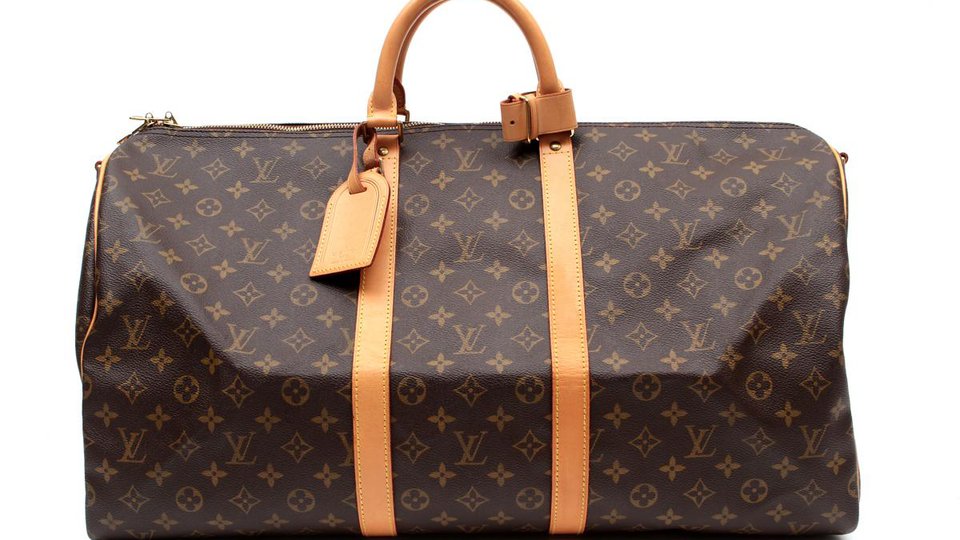Despite Louis Vuitton’s 12% drop in brand value, there remains much to be said about four luxury names ranking in the global Top 100

Despite Louis Vuitton’s 12% drop in brand value, there remains much to be said about four luxury names ranking in the global Top 100
Despite Louis Vuitton’s 12% drop in brand value, there remains much to be said about four luxury names ranking in the global Top 100
In 2012 – according to the BrandZ Top 100 – the value of the world’s best brands barely inched up. Yet the very same year, the value of luxury brands managed an increase of 15%, as Louis Vuitton and Hermès ranked 21st and 32nd respectively. Not dissimilar to the performance of luxury brands when compared to the growth of the greater economy.
In 2013, Millward Brown’s analysis of global brand value paints a much more confusing picture, as the value of newcomers like Prada and Gucci skyrocketed, Louis Vuitton is in decline and Hermès remains flat.
Louis Vuitton’s ranking has dropped 8 spots since 2012 to 29th, as brand value decreased by 12%. This was one of the largest declines across the ranking, trailing technology companies such as Docomo (-37%), Facebook (-36%), HP (-29%) and Baidu (-16%). Hermès also dropped eight spots since the 2012 edition to rank 40th, as brand value remained unchanged.
In contrast, Gucci and Prada have joined the ranks for the first time in the 2013 Top 100. Gucci reported value growth of 48% (rising to $12,735m) ranking as the 68th most valuable brand in the world. Prada was the ‘top riser’ on the list as brand value increased by 68% year-on-year to $9,454m, placing it 95th.
“ Gucci and Prada have joined the ranks for the first time in the Top 100 ”
The study also revealed the ten most valuable luxury brands in the world, which as a category grew at 6%. Rolex and Chanel dropped from 2012’s 3rd and 4th place, to 5th and 6th respectively – edged out by Gucci and Prada. Fendi (9th) and Coach (10th) muscled Moet & Chandon and Hennessy out of the top 10 altogether, whilst Cartier held its place at 7th and Burberry moved from 10th to 8th.
Millward Brown suggested that the rise of luxury brands may be attributed to the fact they have become more accessible, collaborative and experiential. “On Facebook, Instagram, Pinterest and other social media platforms, brands across the luxury spectrum [are] mediating the tension between the exclusivity that protects brand desirability and the inclusivity needed to attract new customers.”
But simultaneously the market research firm admitted that accessibility may have hurt the highest valued luxury brand, Louis Vuitton, whose customer appeal depends on exclusivity. A drop in brand value due to overexposure, consumer fatigue and rapid global retail expansion.
10 Most Valuable Luxury Brands

– Brand Contribution: the role brand plays in driving earnings (1-5 highest)
– Brand Momentum: the prospects for future earnings (1-10 highest)
Indeed in a recent Luxury Society Bulletin, James Lawson explained that “demand from emerging markets [has] made the monogram so ubiquitous that it is now a symbol of accessible luxury rather than exclusivity.”
Louis Vuitton has publicly expressed a desire to reduce the visibility of its monogrammed products going forward, to prevent further dilution of its brand status. It has also decided to slow retail expansion and shift emphasis towards higher-end products, with exotic skins and leather goods.
The drop in brand value is perhaps confirmation that the appeal of the world’s number one luxury name is losing some of its lustre, not only with luxury consumers but also with the population at large. But on the other side of the coin, the fact remains that Louis Vuitton is the 29th most valuable brand in the world. Keeping the company of Disney, Deutsche Bank and American Express, ranking higher than Samsung and Facebook.
“ Accessibility may have hurt the highest valued luxury brand, Louis Vuitton ”
Again in the case of Hermès, we are talking about a brand that (according to this study) holds more value than L’Oreal, Mercedes-Benz, Starbucks and Gillette, brands that touch millions more consumers in their daily lives than the manufacturer of the iconic Birkin bag. Gucci outpaced Honda and IKEA, Prada ranked higher than DHL.
Whilst it is easy to focus on declining percentages it is crucial to remember how powerful luxury brands are becoming on a global scale, beyond the consumers of luxury. What the 2013 ranking confirms is that millions of consumers are now interested in, and very much value, luxury brands.
But the mixed performance of the four brands that made the overall Top 100 is a reminder of the specifics in marketing a luxury brand. In traditional industries, the more a brand invests in marketing and advertising, the more it will sell, and the more it sells, the bigger the valuation. In the luxury industry this is of course another story.
It is essential that there should be many more people that are familiar with a luxury brand than those who could possibly afford to buy it for themselves. But there is also a ‘tipping point’ in the case of luxury branding, where more advertising and more exposure means less brand equity, which could result in a drop in sales.
The 2013 BrandZ ranking suggests that Louis Vuitton is approaching – or has reached – this tipping point, and that Hermès could potentially be next. It is a precarious time for luxury brands that must work to balance brand awareness whilst protecting brand equity. It will be interesting to see how the ranking augments in 2014.
To further investigate branding on Luxury Society, we invite your to explore the related materials as follows:
– What the 2012 BrandZ™ Top 100 Means for Luxury
– Big Bang Rebrand: The PPR Transformation
– 4 Luxury Marketing Ideas for 2013










